關于焊煙除塵器,這些您都了解嗎?
焊接煙塵會對健康造成多種威脅,包括金屬煙霧熱病、神經系統問題、肺病和癌癥。幸運的是,配有合適的除塵器的焊煙抽排系統可以去除焊接煙塵中的大部分有害成分。無論是源頭抽排系統還是環境空氣過濾系統,選擇合適的焊煙除塵器對于有效捕獲焊煙中的微小顆粒(通常為亞微米級)至關重要。影響焊煙除塵器選擇的因素有很多,包括焊接應用、操作環境等。
Welding fumes can pose various threats to health, including metal smoke fever, neurological problems, lung disease, and cancer. Fortunately, a welding smoke exhaust system equipped with a suitable dust collector can remove most of the harmful components in welding fumes. Whether it is a source exhaust system or an ambient air filtration system, choosing the appropriate welding smoke dust collector is crucial for effectively capturing small particles (usually in the sub micron range) in welding smoke. There are many factors that affect the selection of welding smoke dust collectors, including welding applications, operating environments, etc.
焊工的除塵基礎知識美國職業安全與健康管理局(OSHA)對焊接煙塵的總接觸量以及某些焊接煙塵中的個別成分(如六價鉻和錳)設定了允許接觸限值(PEL)。為達到焊接煙塵 PEL 標準并確保焊工安全,采用了使用焊接煙塵除塵器的煙塵收集系統。焊接煙塵收集系統包括:
The US Occupational Safety and Health Administration (OSHA) has set permissible exposure limits (PEL) for the total exposure to welding fumes and certain individual components in welding fumes, such as hexavalent chromium and manganese. To meet the PEL standard for welding fumes and ensure the safety of welders, a smoke collection system using a welding fume dust collector was adopted. The welding fume collection system includes:
● 帶過濾單元的固定式或便攜式除塵器● 通過管道連接到除塵器的吸氣罩/系統,如封閉式吸氣罩(用于機器人焊接)或吸氣臂、環保焊槍
● Fixed or portable dust collectors with filtering units ● Suction hoods/systems connected to the dust collector through pipelines, such as enclosed suction hoods (for robot welding) or suction arms, environmentally friendly welding guns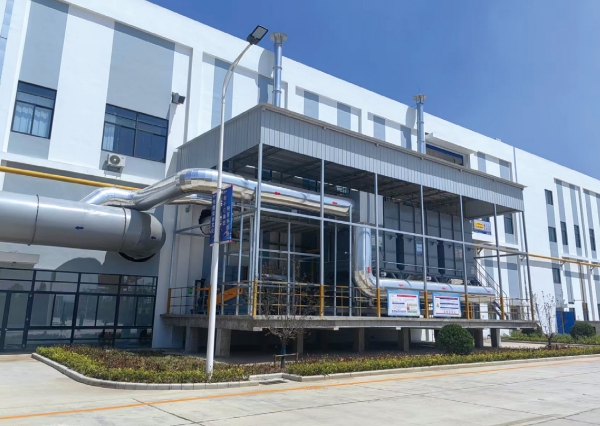
除塵器將焊接煙塵吸入過濾腔體(或者在安裝袋式除塵器的時候吸入濾袋),焊接煙霧中的污染物被捕獲在過濾介質中。過濾后的清潔空氣可返回工廠或排放到室外。濾筒除塵器廣泛應用于許多焊接應用較普遍的行業,因為它們是捕捉與焊接有關的危險煙氣的有效方法。這些除塵器使用圓柱形褶皺濾筒。與袋式除塵器相比,這種褶式設計能在更緊湊的空間里提供更大的過濾面積。
The dust collector sucks welding fumes into the filtering chamber (or into the filter bag when installing a bag filter), and pollutants in the welding fumes are captured in the filtering medium. The filtered clean air can be returned to the factory or discharged outdoors. Filter cartridge dust collectors are widely used in many industries where welding applications are common, as they are an effective method for capturing hazardous fumes related to welding. These dust collectors use cylindrical pleated filter cartridges. Compared to bag filters, this pleated design can provide a larger filtration area in a more compact space.
什么是濾筒式除塵器?任何除塵系統的重點都是用于過濾有害污染物的濾材。濾筒除塵器的濾材通常呈圓柱形,由過濾介質、濾筒外殼和端蓋組成。過濾介質通常為褶皺狀,以便在更小的空間內提供更大的煙塵收集面積。筒式除塵器的尺寸和配置各不相同,以適應不同制造商設計的過濾系統。用于焊接煙塵的筒式除塵器有不同的過濾介質類型(包括纖維素、聚酯和混合材料)和涂層選項(如納米纖維或聚四氟乙烯)。
What is a filter cartridge dust collector The focus of any dust removal system is on the filter material used to filter harmful pollutants. The filter material of a filter cartridge dust collector is usually cylindrical, consisting of a filter medium, a filter cartridge housing, and an end cap. The filter medium is usually wrinkled to provide a larger smoke and dust collection area in a smaller space. The size and configuration of cylindrical dust collectors vary to accommodate filtration systems designed by different manufacturers. The cylindrical dust collector used for welding fumes has different types of filter media (including cellulose, polyester, and mixed materials) and coating options (such as nanofibers or polytetrafluoroethylene).
了解過濾效率過濾效率是指除塵器在空氣通過過濾介質時捕獲各種大小顆粒的能力。
Understanding filtration efficiency refers to the ability of a dust collector to capture particles of various sizes when air passes through a filtering medium.
● 大多數用于捕捉焊接煙塵的濾筒都采用最低效率報告值 (MERV) 系統進行評級,該系統的效率范圍從 1 到 16 ,其中 16 為最高效率。MERV 評級基于三個不同尺寸范圍的顆粒物收集百分比:3-10 微米、1-3 微米或 0.3-1 微米。MERV 15 濾芯至少能收集 85% 的 0.3-1 微米范圍內的顆粒,而 MERV 16 濾芯則能收集 95% 的此類顆粒。● HEPA濾筒的過濾效率超過 MERV-16 濾芯,可捕捉 99.97% 的 0.3 微米或更大的顆粒。
Most filter cartridges used to capture welding fumes are rated using the Minimum Efficiency Reporting Value (MERV) system, which ranges in efficiency from 1 to 16, with 16 being the highest efficiency. The MERV rating is based on the percentage of particulate matter collected in three different size ranges: 3-10 microns, 1-3 microns, or 0.3-1 microns. The MERV 15 filter can collect at least 85% of particles within the range of 0.3-1 microns, while the MERV 16 filter can collect 95% of such particles. The filtration efficiency of HEPA filter cartridges exceeds that of MERV-16 filters, capturing 99.97% of particles 0.3 microns or larger.
過濾介質類型除塵器由不同類型的介質組成,適用于不同的環境和工業用途。常見的濾材類型包括:
Filter media type: Dust collectors are composed of different types of media and are suitable for different environments and industrial applications. Common types of filter materials include:
● 纖維素:一種多功能介質,適用于輕型和一般用途,用于收集干燥顆粒。
Cellulose: a multifunctional medium suitable for light and general use, used for collecting dry particles.
●纖維素/聚酯混紡:專為高濕度環境設計,可捕捉潮濕粉塵和較重的粉塵負荷。
● Cellulose/polyester blend: designed specifically for high humidity environments, capable of capturing damp dust and heavy dust loads.
●紡粘聚酯:無紡布纖維/連續長絲聚酯纖維使這種濾材耐化學腐蝕。它還能在高溫和具有挑戰性的工業環境中使用。
● Spunbond polyester: Non woven fibers/continuous filament polyester fibers make this filter material resistant to chemical corrosion. It can also be used in high temperature and challenging industrial environments.
●納米纖維:這種濾材在另一種基材(通常是聚酯或混紡材料)上覆蓋一層納米纖維(非常細的纖維)。納米纖維層使這些濾材能更好地捕捉亞微米顆粒,如焊接煙塵中的顆粒。
● Nanofiber: This filter material is covered with a layer of nanofibers (very fine fibers) on another substrate (usually polyester or blended material). The nanofiber layer enables these filter materials to better capture submicron particles, such as those in welding fumes.
●聚四氟乙烯涂層(PTFE):這些濾材的基材上有一層薄薄的聚四氟乙烯覆膜,可提供很高的過濾效率和出色的防潮、防化學腐蝕和耐磨性能。常用于顆粒潮濕、油性、粘性或磨蝕性的情況。
● Polytetrafluoroethylene coating (PTFE): These filter materials have a thin layer of PTFE film on their substrate, which provides high filtration efficiency and excellent moisture resistance, chemical corrosion resistance, and wear resistance. Commonly used in situations where particles are moist, oily, viscous, or abrasive.
●疏油介質:這種過濾介質可排斥油和其他疏水性物質。
● Oil repellent medium: This type of filter medium can repel oil and other hydrophobic substances.
選擇合適的焊接煙塵濾材
Choose the appropriate welding smoke filter material
大多數企業在選擇合適的焊接煙塵除塵器時,首先要了解與其特定類型焊接中產生的顆粒相關的 PEL 值。每個焊接過程都會產生不同濃度的有毒顆粒,了解這種煙塵負荷可以為焊接煙塵濾材的決策提供依據。
Most companies first need to understand the PEL value related to the particles generated during their specific type of welding when choosing a suitable welding dust collector. Each welding process produces different concentrations of toxic particles, and understanding this smoke load can provide a basis for decision-making on welding smoke filter materials.
另一個因素是其他類型的工業生產過程會向空氣中引入不同的微粒。焊接煙塵會產生干性顆粒,因此,如果在除塵系統中也過濾了焊接應用之外產生的濕性/油性/粘性物質,則需要在選擇除塵器時將其輸入到公式中。
Another factor is that other types of industrial production processes introduce different particles into the air. Welding fumes can produce dry particles, therefore, if wet/oily/viscous substances generated outside of welding applications are also filtered in the dust removal system, they need to be input into the formula when selecting the dust collector.
焊接煙塵特性和過濾效率
Characteristics and filtration efficiency of welding fumes
抽排焊接煙塵的最大挑戰之一是所涉及的顆粒非常小,大多數顆粒都在亞微米范圍內。當金屬在焊接的高熱過程中氣化時,氣相分離的顆粒會傳播到空氣中。這些有害物質很容易被人吸入肺部,并對健康構成嚴重威脅。
One of the biggest challenges in extracting welding fumes is that the particles involved are very small, with most particles in the submicron range. When the metal vaporizes during the high heat process of welding, the particles separated by the gas phase will spread into the air. These harmful substances are easily inhaled into the lungs and pose a serious threat to health.
美國職業安全與健康管理局(OSHA)根據八小時輪班的時間加權平均接觸量設定了接觸限值(PEL)。在焊接低碳鋼、鐵或鋁時,PEL 為 5 毫克/立方米。不過,OSHA 還為焊接煙塵中的個別化合物和元素設定了 PEL 值。
The Occupational Safety and Health Administration (OSHA) in the United States has set exposure limits (PELs) based on the time weighted average exposure of an eight hour shift. When welding low carbon steel, iron or aluminum, the PEL is 5 milligrams per cubic meter. However, OSHA has also set PEL values for individual compounds and elements in welding fumes.
● 焊接煙塵中毒性最強的物質之一是六價鉻,它具有劇毒,是不銹鋼和其他高鉻合金焊接中的致癌物質。(PEL:每立方米 5 微克)。
One of the most toxic substances in welding fumes is hexavalent chromium, which is highly toxic and carcinogenic in the welding of stainless steel and other high chromium alloys. (PEL: 5 micrograms per cubic meter).
●填充材料和焊料中的鎘可導致肺癌。(PEL:每立方米 5 微克)。
● Cadmium in filling materials and solder can cause lung cancer. (PEL: 5 micrograms per cubic meter).
●即使是少量的鈹也會導致肺癌。(PEL:0.2 微克/立方米)。
● Even a small amount of beryllium can cause lung cancer. (PEL: 0.2 micrograms per cubic meter).
●焊接煙塵中通常還含有鉛、錳、鎳、鋁和砷,這些物質會導致一系列問題,從金屬煙霧熱病到呼吸系統問題,再到嚴重的神經損傷和癌癥。(PEL值不同)。
● Welding fumes often contain lead, manganese, nickel, aluminum, and arsenic, which can cause a range of problems, from metal smoke fever to respiratory problems, to severe nerve damage and cancer. (PEL values vary).
鑒于焊接煙塵中的顆粒尺寸為亞微米級,通常需要使用 MERV 等級(MERV 15 或 16)較高的濾材,以符合 PEL 標準,尤其是六價鉻、鎘和鈹等毒性較高的物質。所有筒式除塵器都會在負荷增加并形成塵餅后接近 MERV 16 的效率水平。不過,在處理劇毒煙霧時,必須首先使用初始效率足夠高的濾材,以便在新除塵器投入使用時為焊工提供保護。一般焊接工作通常不需要 HEPA濾筒,但在使用 PEL 值較低的劇毒物質時,建議使用 HEPA 濾筒。
Given that the particle size in welding fumes is sub micron, it is usually necessary to use filter materials with a higher MERV rating (MERV 15 or 16) to comply with PEL standards, especially for highly toxic substances such as hexavalent chromium, cadmium, and beryllium. All cylindrical dust collectors will approach the efficiency level of MERV 16 after increasing the load and forming a dust cake. However, when dealing with highly toxic smoke, it is necessary to first use filter materials with sufficient initial efficiency to provide protection for welders when new dust collectors are put into use. Generally, welding work does not require HEPA filters, but when using highly toxic substances with lower PEL values, it is recommended to use HEPA filters.
本文由 焊煙除塵設備 友情奉獻.更多有關的知識請點擊 http://www.qzxcdz.com/ 真誠的態度.為您提供為全面的服務.更多有關的知識我們將會陸續向大家奉獻.敬請期待.
This article is a friendly contribution from Welding Smoke Dust Removal Equipment For more related knowledge, please click http://www.qzxcdz.com/ Sincere attitude To provide you with comprehensive services We will gradually contribute more relevant knowledge to everyone Coming soon.
上一篇:工業涂裝流水線的工藝流程
下一篇:車間焊接煙塵如何處理--焊煙除塵設備的選型指南



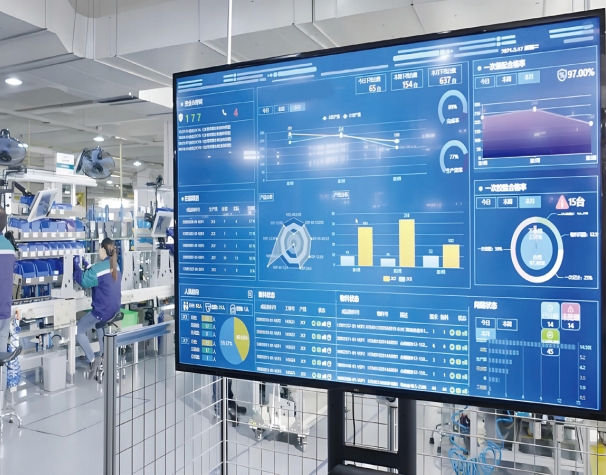
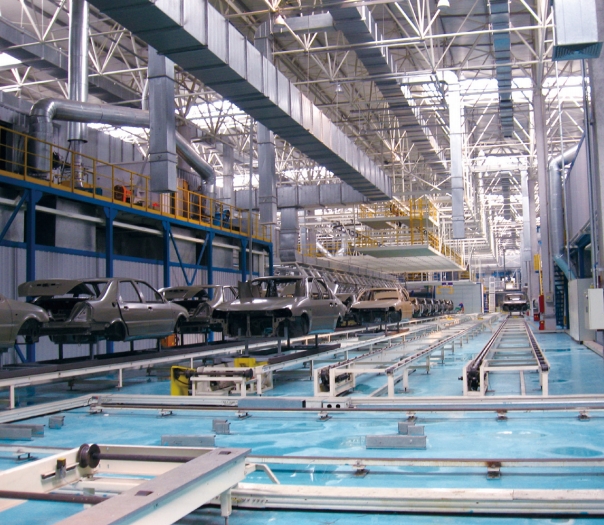

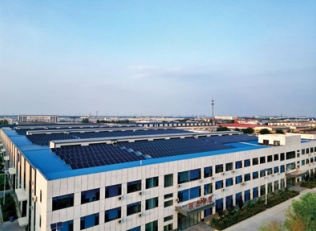






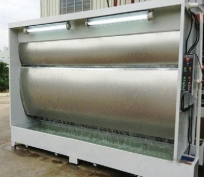

 魯公網安備 37142502000144號
魯公網安備 37142502000144號